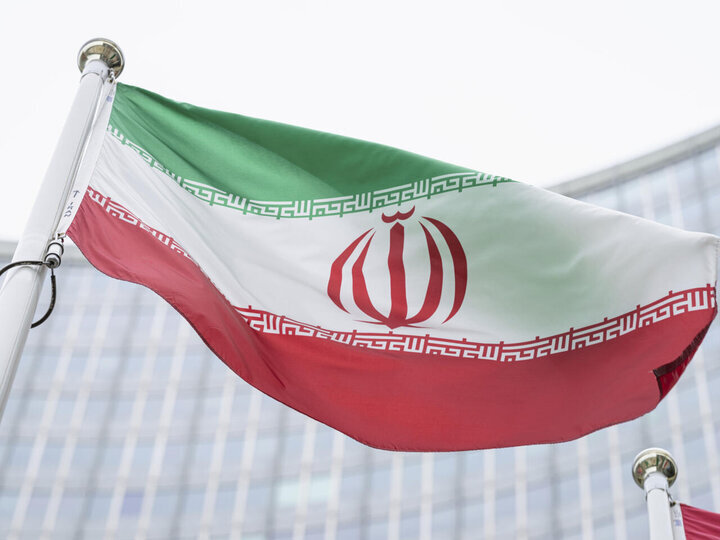Yemen’s Stalwart Spirit: Ansarallah’s Strategic Triumph Over US Military Power
For nearly a decade, Yemen has been at the center of a devastating conflict, with Ansarallah emerging as a resilient force against both the Saudi-led coalition and the United States. Despite persistent airstrikes and a crippling blockade, Ansarallah has maintained control over large regions of the country and has shown an enhanced capability to retaliate, significantly altering the regional landscape.
In March 2015, Saudi Arabia spearheaded a coalition of nine countries to launch a military intervention in Yemen aimed at reversing the Ansarallah takeover of Sana’a and reinstating President Hadi’s government. This operation, codenamed “Operation Decisive Storm,” initially focused on airstrikes against Ansarallah and a comprehensive blockade. However, despite claims of achieving initial objectives, the Saudi-led coalition’s intervention ultimately failed to dislodge Ansarallah from power.
The intervention was characterized by strategic miscalculations and inherent weaknesses, which exacerbated Yemen’s humanitarian crisis, leading to extensive civilian casualties and infrastructure destruction. Ansarallah capitalized on Saudi missteps, employing asymmetric warfare tactics to expand their influence and launch attacks deep into Saudi territory.
The conflict has devolved into a military stalemate, draining Saudi resources and revealing vulnerabilities in the kingdom’s military capabilities. This situation has raised critical questions about the effectiveness of foreign military interventions.
U.S. Involvement and Strategic Challenges
In March 2025, during President Donald Trump’s second term, the U.S. initiated Operation Rough Rider, a significant campaign of air and naval strikes targeting Ansarallah’s radar systems, air defenses, and missile launch sites. This operation aimed to counter Ansarallah, which has been targeting vessels traveling to and from Israel amid ongoing violence in Gaza.
The U.S. claimed that the operation was necessary to secure shipping lanes in the Red Sea and to degrade Ansarallah’s military capabilities. However, despite asserting tactical successes, the overall effectiveness of the operation remains in question.
The Trump administration’s strategy encountered several pitfalls:
- Underestimating Ansarallah: The U.S. misjudged the resilience and adaptability of Ansarallah.
- Overreliance on Military Force: The approach predominantly emphasized military solutions while neglecting political complexities.
- Civilian Casualties: High civilian tolls from U.S. airstrikes further fueled resentment against American involvement.
By escalating military actions without a coherent political strategy, Washington risks drawing the region into broader instability.
Asymmetric Warfare: Ansarallah’s Key Strategy
Ansarallah’s success can be attributed to its adept use of asymmetric warfare, which includes:
- Guerrilla Tactics: Utilizing unconventional tactics to offset the superior firepower of adversaries.
- Drone Attacks: Deploying drones to execute precision strikes against military targets.
- Geographical Advantage: Leveraging knowledge of Yemen’s rugged terrain to fortify positions and conduct operations.
- Exploiting Internal Divisions: Taking advantage of rifts within the anti-Ansarallah coalition to strengthen their position.
These strategic elements have enabled Ansarallah not only to survive but also to extend its influence throughout Yemen.
The Financial Toll of Continuous Warfare
The financial implications of the U.S. military campaign have been staggering, with nearly $1 billion spent in just over three weeks, not accounting for ongoing expenses associated with Operation Prosperity Guardian, which is estimated at $600 million per month. The deployment of costly assets, including B-2 bombers and aircraft carriers, alongside the loss of high-value drones, highlights the unsustainable nature of the air raid campaign.
Meanwhile, Ansarallah has adapted its tactics, utilizing fortified bunkers and underground stockpiles to withstand strikes and continue operations, including targeting U.S. warships.
Lessons from Iraq and Afghanistan
The failures observed in Yemen bear striking similarities to past U.S. engagements in Iraq and Afghanistan. In both instances, the U.S. prioritized military solutions over political negotiations, underestimated local insurgencies, and overlooked complex socio-political realities. The outcomes were prolonged conflicts, rising anti-American sentiment, and a decline in U.S. credibility abroad.
During a debate titled Democracy in Exile, Yemeni analyst Afrah Nasser emphasized, “Yemenis are in desperate need of a durable, just, comprehensive peace.” She warned that the absence of a clear path to peace could lead to “another 10 years of this vicious circle of violence.”
Fatima Abo Alasrar, as quoted on dawnmena.org, echoed these sentiments, stating that attempts to “annihilate” Ansarallah reflect flawed reasoning reminiscent of U.S. failures in Afghanistan. She remarked, “It looked as if Trump and his inner circle were playing some kind of video game. There is no seriousness in dealing with the Yemen question or Yemen in general.”
Afrah Nasser further cautioned against the U.S. becoming entrenched in a conflict akin to Afghanistan, stating, “Without a political solution based on negotiation, a military solution alone is futile.”
The ongoing conflict in Yemen not only represents a humanitarian tragedy but also serves as a critical test of America’s global military strategy. As seen in Afghanistan, the U.S. risks becoming ensnared in a costly, unwinnable conflict that fails to achieve its strategic objectives. Unless Washington opts for a Yemeni-led political resolution prioritizing diplomacy over military might, Yemen may stand as another emblem of American overreach and miscalculation.






